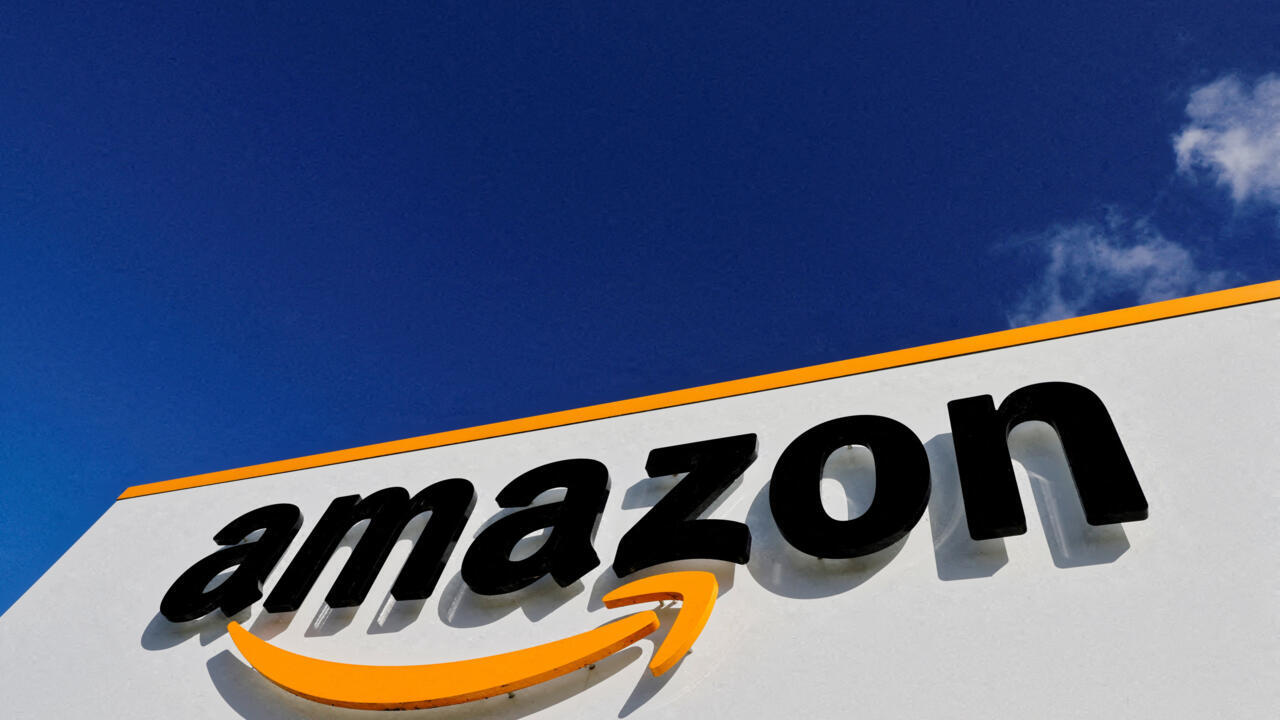
Mclub World – Amazon surprised the world in September 2025 by announcing a billion dollar plan focused on its employees rather than machines. The company committed significant resources to raise wages and reduce healthcare costs for workers across the United States. This decision contrasted with the common expectation that large corporations continue pouring money into robotics and artificial intelligence. Analysts interpreted the move as a signal that Amazon views its human workforce as central to future growth. Employees welcomed the announcement since it promised relief in an era of rising living expenses. Families counted on better financial stability while industry experts noted the cultural shift inside one of the largest companies in the world. The announcement redefined discussions about the future of work. Instead of fully replacing people with automation, Amazon emphasized that supporting employees delivers long term sustainability and competitive advantage in a global marketplace.
“Read More: Top 10 Sustainable Choices to Reduce Your HouseHold Carbon Footprint”
The wage increase represented one of the most visible parts of Amazon’s billion dollar plan. Thousands of workers across warehouses and delivery networks received higher pay. Employees reported improved morale and stronger motivation after the adjustment. Analysts suggested that raising wages reduced turnover and minimized costly recruitment cycles. Amazon executives highlighted that pay raises were not simply expenses but long term investments in people who drive performance. Buyers received better service when employees felt secure and valued. Observers noted that rival companies faced pressure to respond with similar policies in order to keep up. The broader retail industry recognized that competitive pay now plays a critical role in workforce stability. Amazon demonstrated that paying workers fairly leads to greater loyalty and efficiency, showing a path where labor costs transform into operational benefits. The company turned wages into a strategy rather than a burden.
Healthcare represented another central focus of Amazon’s billion dollar investment. The company introduced subsidies and partnerships with insurers to reduce the burden on families. Employees gained access to broader coverage with lower monthly costs. Analysts explained that healthier workers deliver stronger results which makes healthcare spending a smart business decision. Amazon created new programs that tailored insurance to the needs of diverse employees including families with children and single workers in urban centers. By cutting costs Amazon improved quality of life while supporting long term productivity. Workers expressed relief as healthcare often consumed large parts of salaries. The retail giant showed that addressing this concern directly strengthened trust inside the organization. Amazon’s healthcare initiative set a precedent that other large employers may need to follow. The company highlighted that true innovation comes not only from technology but also from caring for human wellbeing.
“Read About: Elon Musk Makes Billion Dollar Tesla Bet That Sends Shares Soaring”
Workers across the country reacted with enthusiasm after learning about the billion dollar package. Employees described wage increases and healthcare savings as transformative for household budgets. Many families shared that they could now afford better housing or education opportunities. Amazon created a wave of positive energy inside warehouses, offices, and delivery hubs. Surveys indicated higher job satisfaction and lower intent to quit following the announcement. Advocacy groups praised the move as proof that worker voices and public pressure influenced corporate behavior. Observers noticed that the investment built loyalty among staff and reduced tensions that had persisted for years. Employees felt that Amazon recognized their contributions instead of seeing them as replaceable parts. The company demonstrated how strong policies improve culture from the ground up. The positive momentum showed that meaningful investment in people generates goodwill that money alone cannot buy.
Amazon’s announcement created ripple effects across the retail and logistics industries. Competitors like Walmart, Target, and FedEx immediately faced questions about their employee policies. Workers at rival companies demanded similar pay increases and healthcare support. Analysts predicted that the market would shift as companies attempted to match Amazon’s standard. Investors recognized that businesses ignoring worker welfare might lose talent and reputation. The bold step forced competitors to reconsider how they allocate resources between technology and human capital. Amazon set a benchmark that others now struggled to reach. The decision created a competitive advantage because employees viewed Amazon as an attractive place to build careers. Customers also appreciated the company’s social responsibility which enhanced brand loyalty. Competitors felt the pressure both internally and externally, proving that one decision from a market leader could reshape the standards for an entire industry.
Public opinion shifted quickly after Amazon announced its billion dollar plan. Media highlighted stories of workers who benefited directly from higher wages and better healthcare. Families praised the company for reducing financial stress while advocacy groups acknowledged the progress. Political leaders across the spectrum commented on the development. Some praised Amazon for taking responsibility while others argued systemic reforms remained necessary. Regardless of opinion the announcement placed Amazon at the center of national debates about labor and corporate responsibility. Customers reacted positively and expressed more trust in the brand. Analysts argued that the goodwill generated could translate into long term customer loyalty and market stability. Amazon demonstrated that corporate actions resonate far beyond boardrooms. By choosing to prioritize employees the company reshaped its public image and influenced discussions about the future of work in the United States and beyond.
This website uses cookies.